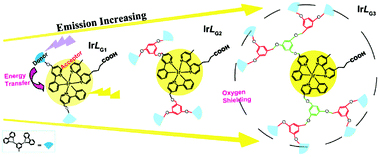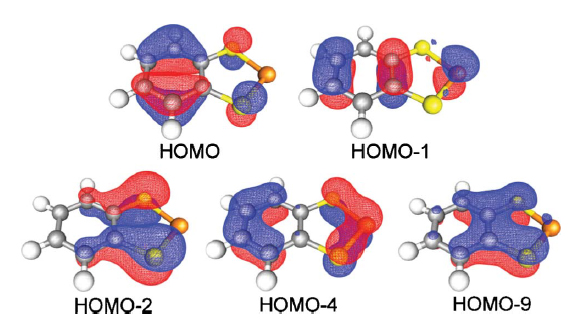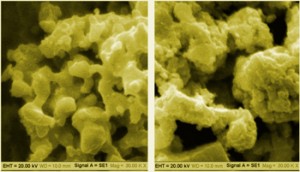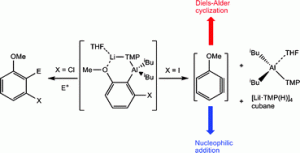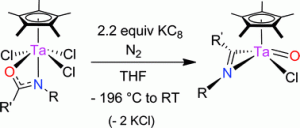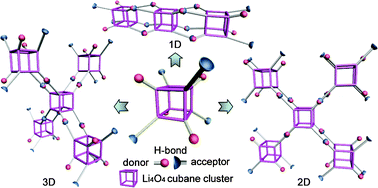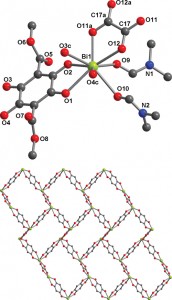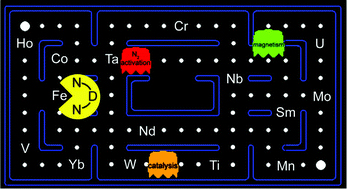
The 3rd Dalton Transactions International Symposium was held at Osaka University and International Institute for Carbon-Neutral Energy Research (I2CNER) at Kyushu University, Japan from the 14th-16th November. The aim of the event was to bring together scientists from around the world to discuss the exciting and ever expanding subject of bioinorganic chemistry and the symposium certainly delivered!
The conference began at Osaka University with a lecture titled ‘Reactivity of Mononuclear Copper Active-Oxygen Complexes’, by Shinobu Itoh (Osaka University) who examined the catalytic mechanism of the copper monooxygenases. This was followed by an overview of ligand design and metal complexes for use as diagnostic tools and therapeutic agents by Chris Orvig (University of British Columbia, Canada). Shun Hirota (Nara Institute of Science and Technology, Japan) gave an insightful look into ‘Structural Changes of Metalloproteins and Metal-Peptide Complexes’ before we briefly broke for lunch. Rejuvenated, Erwin Reisner (University of Cambridge, UK) spoke on solar fuel-producing hybrid systems and the prospects for replacing enzymes with synthetic catalysts, he was followed by Takashi Hayashi (Osaka University) speaking on the ‘Construction of Supramolecular Hemoprotein Self-Assembly Systems’. Nils Metzler-Nolte (Ruhr University, Germany) began the final session of the day with a talk on ’Bioorganometallic Chemistry: Synthetic Strategies and Biomedical Applications for Metal-Peptide Bioconjugates’ with some interesting results on cell delivery and organelle localisation. The day in Osaka was then concluded by Kazuya Kikuchi (Osaka University) discussing his work into designing fluorogenetic labelling systems.
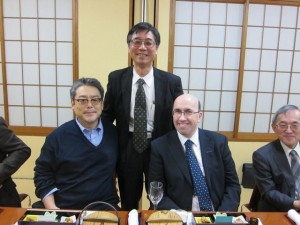
Professor Seiji Ogo, Professor Yoshio Hisaeda, Dr Jamie Humphrey and Professor Tsutomu Katsuki enjoying dinner in Fukuoka
The Symposium then moved onto Fukuoka on Kyushu island, to 12CNER at Kyushu University, where the day was opened with a welcome by the Director of 12CNER, Professor Petros Sofronis. The scientific sessions began with Seiji Ogo (I2CNER, Kyushu University), who discussed his research into an [NiFe]hydrogenase mimic as a potential catalyst for electron extraction from hydrogen. Research into a range of novel nanomaterials containing Vitamin B12 activity was then discussed by Yoshio Hisaeda (Kyushu University). The bioinspired system his team have developed works under irradiation with visible light and can be applied to the degradation of organic halide pollutants. Chris Orvig, Erwin Reisner and Nils Metzler-Nolte were able to maximise their contribution to the symposium by joining us again at Kyushu University and sharing their expertise in their fields. The event was then rounded off by two excellent discussions; Yoshinori Naruta’s (Kyushu University) lecture on ‘Oxygen Activation with Bio-Inspired Molecular Catalysts’ and ‘Oxygen Atom Transfer and Dehydrogenation Reactions using Molecular Oxygen as Oxidant’ presented by Tsutomu Katsuki (Kyushu University).
The symposium was a great event for which we owe much thanks and gratitude to the local hosts, in particular Dalton Transactions Regional Associate Editor Shinobu Itoh, in Osaka and Advisory Board member Profesor Seiji Ogo in Fukuoka and all the speakers. For more information about the symposium, including a full programme about the 2 day event see the website.
On the topicof one of the topics covered by the Symposium, next year Dalton Transactions will be publishing a themed issue ‘Application of inorganic chemistry for non-cancer therapeutics’, with guest editor Professor Kathy Franz (Duke University, NC, USA).
Some recent Dalton Perspectives which may also be of interest include
Approaches to efficient molecular catalyst systems for photochemical H2 production using [FeFe]-hydrogenase active site mimics, Mei Wang, Lin Chen, Xueqiang Li and Licheng Sun, Dalton Trans., 2011, Advance Article, DOI: 10.1039/C1DT11166C
Synthesis and bio-functionalization of magnetic nanoparticles for medical diagnosis and treatment Thomas D. Schladt, Kerstin Schneider, Hansjörg Schild and Wolfgang Tremel,Dalton Trans., 2011, 40, 6315-6343, DOI: 10.1039/C0DT00689K
Comments Off on 3rd Dalton Transactions International Symposium – Bioinorganic Chemistry
